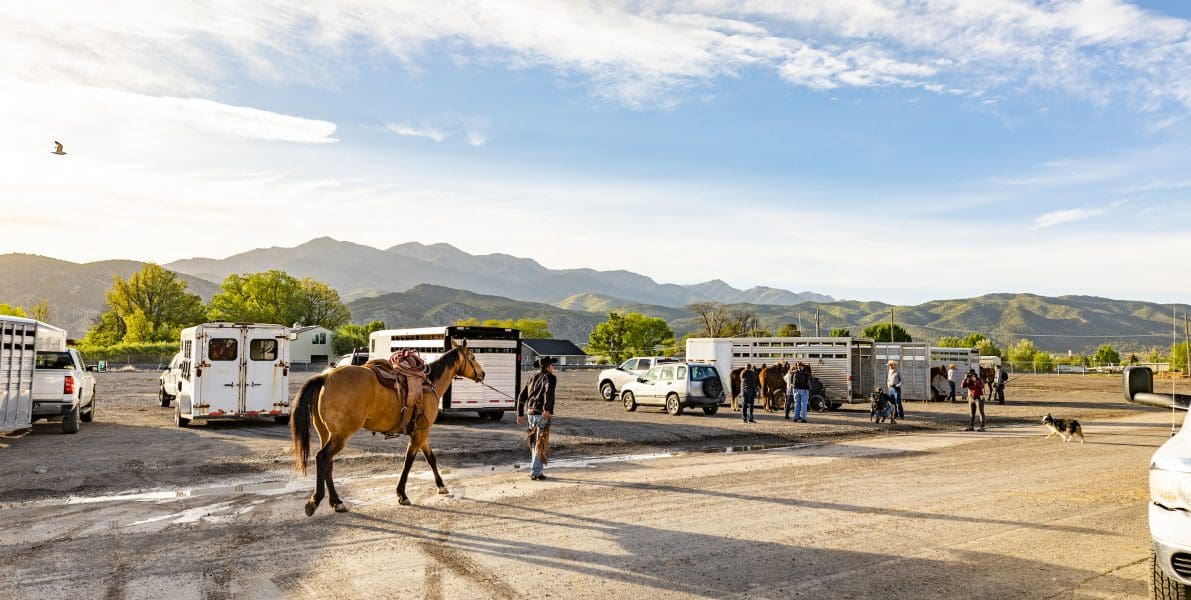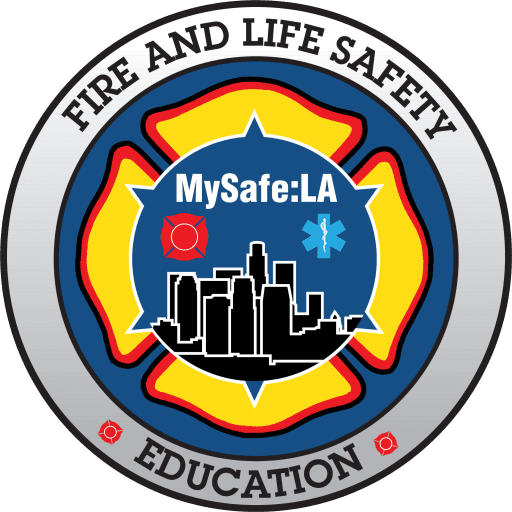We love our pets
Help protect them
Make them part of your family escape plan
Do you have pets? small ones? Big ones? All kinds? If so, you know how important pets are to every family – and that means we should include them in every fire prevention activity.
We’ll teach you how to make pets part of your family evacuation plan. If there’s a wildfire, how do you keep pets calm, include them in your evacuation, and keep them safe? Where do you take large animals in the event of an evacuation?

Identification and transportation
Collars and Licenses – Make sure your pets wear collars and two tags 1) their license AND 2) a tag with their name and your contact number.
Microchips – Your vet will implant the chip in your pet (usually around their neck area). Most vets will then register the chip with the manufacturer, but it’s up to you to keep your contact information up-to-date.
Carrier – Even if your pet doesn’t normally travel in a carrier, you still need to have a properly sized one for each of your pets. Many disaster shelters that accept pets won’t unless the pet is in a carrier. And don’t forget to write your pet’s name, your name and your contact information on each carrier.
Car Safety – Your pets should travel in your car only if they are secured. Just like you wear a seat belt, so should they, or they should travel in a secured carrier.
Extras At the Ready – Keep an extra leash in your car.

Training
Train your pet to willingly enter the pet transport. This should ideally begin when they’re a puppy, kitten, etc. If they understand the transport before a crisis, it will be far easier to get them to comply when evacuating is time sensitive.
Train your dog to walk on a leash. When evacuating in a disaster, this is a necessary skill.
Practice transporting your pets by putting them in their transporters and going for a ride in the vehicle you’re most likely to use in the event of an evacuation.

Be prepared for an emergency
Post a Rescue Alert Sticker
Post a sticker on a front-facing window or next to a front door and alert first responders that you have pets inside your home!
Prepare a Safe Haven
If you need to evacuate, don’t leave your pet at home. Pre- plan with a pet-friendly hotel, family friend, or relative to take care of your pet if you can’t.
Build a Go Kit
Use the instructions in this brochure to build a GO kit to use in the event of a mandatory evacuation. You need a kit. Your pets need a kit, too.
Every Pet Should be Properly Identified
A valid pet-license and owner contact info is important to have on your pet at all times. Even better — get your pet microchipped and registered.

Finding emergency shelters
In the case of widespread disasters like earthquakes and wildfires, agencies set up shelters for evacuees. Some, BUT NOT ALL, of these shelters except pets. To find out who does when a disaster strikes contact:
- Area veterinary clinics
- Area boarding facilities
- Local animal shelters
- Don’t forget family or friends outside the evacuation area
- Pet-friendly hotels if it’s in the budget
A little preparation goes a long way
Preparation is the key to making sure our loved ones stay safe. And that includes your pets, no matter how big or small, whether they have fur of fins!
Make sure you’re including your pets in your emergency planning process. Download this Pet Safety resource guide!
Looking for additional resources? Check out our pet safety resources page for more disaster tips.

Join our wildfire updates
Stay up-to-date with Wildfire:LA activities!

